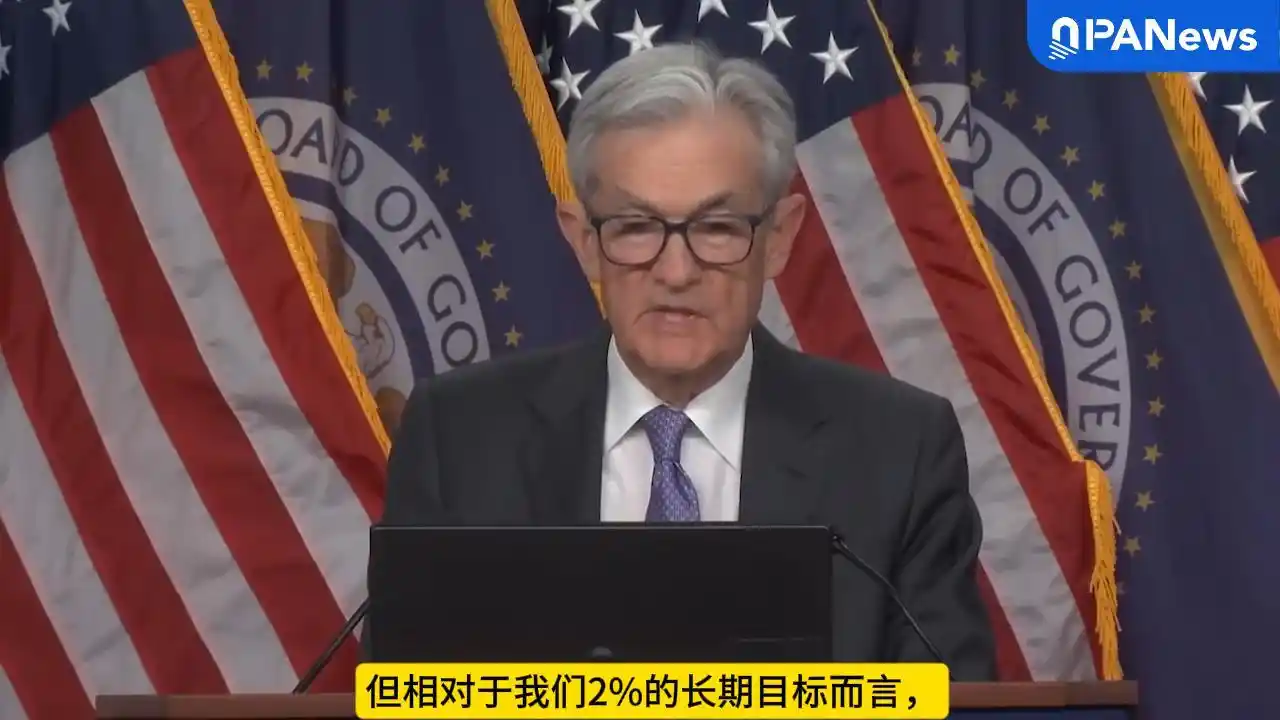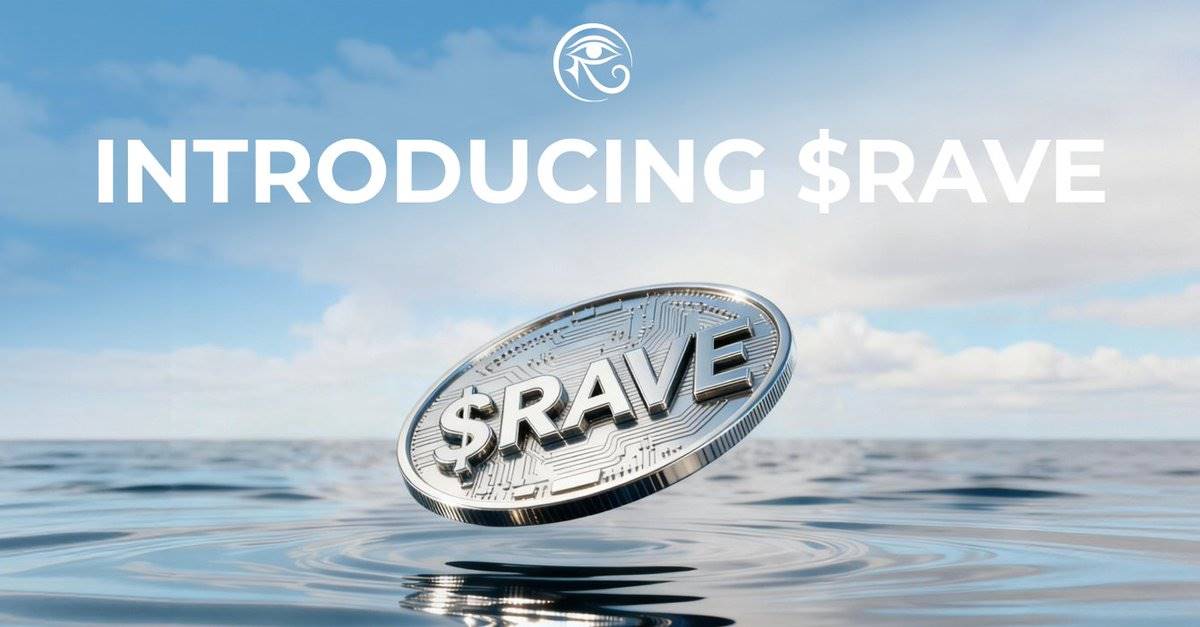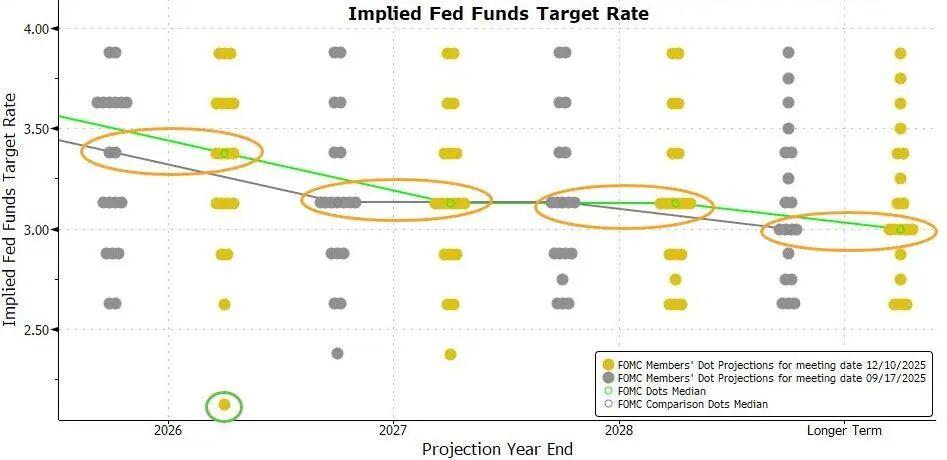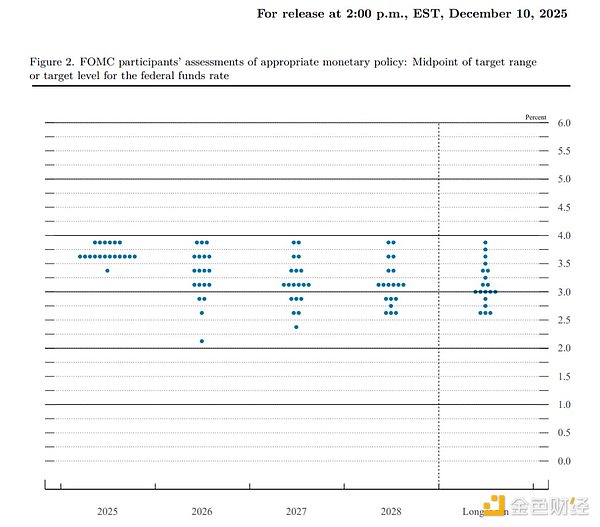The Illusion of Yeezy Money: How Celebrity-Backed Memecoins Exploit Retail Investors
- Celebrity-backed meme coins like YZY and TRUMP exploit centralized tokenomics, with insiders controlling 90%+ supply to manipulate liquidity pools and trigger $2B+ retail losses. - Experts label these projects liquidity traps lacking utility, as SEC investigates their failure to meet Howey Test standards for securities. - Investors are urged to avoid centralized liquidity traps, diversify speculative exposure, and scrutinize tokenomics for manipulation risks.
In the ever-evolving world of cryptocurrency, celebrity endorsements have become a double-edged sword. While they attract attention and liquidity, they also amplify speculative risks. The YZY token, launched by Kanye West (now Ye) in August 2025, epitomizes this paradox. Marketed as a decentralized financial tool, YZY's meteoric rise and collapse within hours exposed systemic flaws in celebrity-backed meme coins—and the devastating consequences for retail investors.
The YZY Token: A Case Study in Structural Flaws
YZY's tokenomics were designed to centralize power from the outset. According to on-chain data, 70% of the supply was allocated to Yeezy Investments LLC, with 20% for public buyers and 10% for liquidity. In practice, however, the top six wallets controlled over 90% of the supply shortly after launch. One wallet alone held 87% of the total volume, enabling insiders to manipulate liquidity pools by injecting or withdrawing USDC at will. This created a self-serving feedback loop: insiders inflated the token's value, reaped massive profits, and left retail investors holding the bag.
The token's launch on Solana was a masterclass in hype. Within 40 minutes, YZY's market cap surged to $3 billion, driven by social media frenzy and Ye's personal endorsement. But the euphoria was short-lived. By the end of the day, the token had lost 70% of its value, with retail investors reporting losses in the millions. One wallet alone lost $1.8 million in a week, while the broader retail base collectively lost over $2 billion.
A Pattern of Exploitation: YZY and the TRUMP Token
YZY's collapse is not an isolated incident. The TRUMP token, launched in 2024, followed a similar trajectory. The Trump Organization controlled 80% of its supply, enabling strategic sell-offs during price spikes. Whales like “Naseem” turned $1.1 million into $100 million by timing trades with insider access. Both tokens exploited anti-sniping mechanisms—such as deploying multiple identical token contracts—to deter bots but circumvented these tactics with advance knowledge.
Experts have likened these projects to liquidity traps, where centralized structures and insider allocations prioritize speculative gains over fair market principles. The SEC's 2025 Working Group on Digital Asset Markets has scrutinized such tokens, noting their failure to pass the Howey Test—a legal framework defining securities. With no tangible utility or decentralization, YZY and TRUMP were effectively engineered to reward insiders while leaving retail investors exposed to rug pulls and front-running.
The Risks of Hype-Driven Markets
The volatility of YZY and TRUMP underscores a critical lesson: celebrity-backed meme coins are high-risk, high-reward gambles. Unlike traditional assets like stocks—where Tesla's price changes reflect fundamentals such as revenue and innovation—meme coins derive value from social media hype and celebrity influence. This creates a fragile ecosystem where price swings are driven by sentiment rather than utility.
For example, YZY's “ecosystem” included a speculative credit card and a crypto payments processor called Ye Pay, but these features were not functional at launch. Similarly, TRUMP's value hinged entirely on Trump's political influence, with no real-world infrastructure to support its price. The absence of utility and decentralization leaves these tokens vulnerable to manipulation and regulatory scrutiny.
Investment Advice: Navigating the Minefield
For investors, the YZY saga serves as a cautionary tale. Here are key takeaways:
1. Avoid Liquidity Traps: Projects with centralized liquidity pools and insider allocations are red flags. Demand transparency in tokenomics, vesting schedules, and utility.
2. Diversify Exposure: Limit allocations to speculative assets like meme coins. Prioritize utility-driven projects with tangible infrastructure or real-world use cases.
3. Scrutinize Tokenomics: Look beyond the celebrity branding. Analyze on-chain data, wallet activity, and fee structures to identify potential manipulation.
4. Monitor Regulatory Developments: The SEC's focus on celebrity-backed tokens highlights the need for regulatory compliance. Projects that fail to meet legal standards are at higher risk of collapse.
Conclusion: The Future of Meme Coins and Retail Participation
The YZY and TRUMP tokens are symptoms of a broader problem in the crypto market: the prioritization of hype over fundamentals. While celebrity influence can drive short-term gains, it also creates an environment ripe for exploitation. Retail investors must resist the siren call of meme coins and instead focus on projects that prioritize transparency, decentralization, and utility.
As the market matures, the focus is expected to shift toward tokens that offer real-world value. Until then, investors should treat celebrity-backed meme coins as speculative assets—and proceed with caution. The next time a pop star or politician launches a token, ask not just who is behind it, but how they plan to protect retail investors—and whether they even care to.
Disclaimer: The content of this article solely reflects the author's opinion and does not represent the platform in any capacity. This article is not intended to serve as a reference for making investment decisions.
You may also like
Powell: Employment is weakening, inflation remains high, and no one is talking about rate hikes now
Powell pointed out that the U.S. labor market is cooling, with hiring and layoffs slowing down and the unemployment rate rising to 4.4%. Core PCE inflation remains above the 2% target, but service inflation is slowing. The Federal Reserve has cut interest rates by 25 basis points and started purchasing short-term Treasury bonds, emphasizing that the policy path needs to balance risks between employment and inflation. Future policies will be adjusted based on data. Summary generated by Mars AI. This summary is produced by the Mars AI model, and the accuracy and completeness of its generated content are still in the process of iterative improvement.

$RAVE TGE Countdown: When Clubbing Becomes an On-Chain Economic Activity, the True Web3 Breakthrough Moment Arrives
RaveDAO is rapidly growing into an open cultural ecosystem driven by entertainment, becoming a key infrastructure for Web3 to achieve real-world adoption and mainstream breakthrough.

A "hawkish rate cut" that's not so "hawkish," and balance sheet expansion that's "not QE"
The Federal Reserve has cut interest rates by another 25 basis points as expected, still projecting one rate cut next year, and has launched an RMP to purchase $40 billion in short-term bonds.

